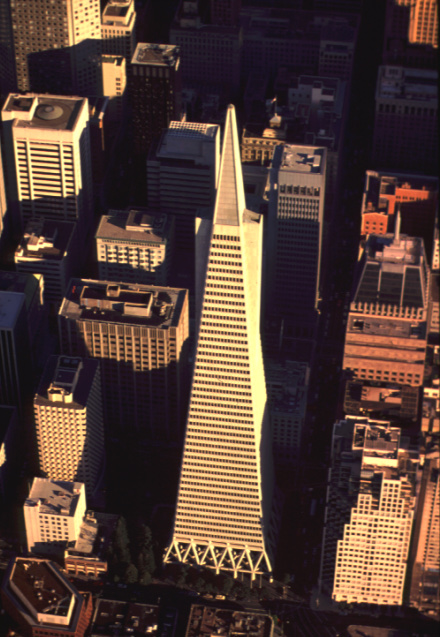Ed, well yes, I quite like the Japanese culture, and it has always fascinated me.
im especially Fascinated with The Tokugawa Period, the Shogunate and if I might say so, The Samurai and Particularly the Ninja fascinate me the most, in fact, a series called "Teenage Mutant Ninja Turtles" (

) started my fascination. Im not much of a Book reader (too short an attention span, but I love documantation books) I ts just the Codes of Honour, the Way of dress, and I think as you have noticed, the way of making weaponry, the way that has been perfected through ages of use, every limitation was almost cancelled, the blade at its peak was so light that it could barely be counted as weight at all, with the centerpoint resting mainly in the Tsuka (hilt) but the blade was strong enough as it was and sharp enough to cut through steel. the First time I heard such a thing I was just astounded with amazement. Let alone see pictures of it happening.
as for the Matchlock rack (see?? I know my weaponry


) thanks, im what you can call a bit rusty on Japanese, and don't really know how the characters are supposed to be portrayed.
Anyway, the first Time I saw a picture of Himeji (I believe the translation for Himeji is swan) castle at age 9, I think I fell in Love, the smooth curves, he general aura of peace and harmony that come off it, it was just so beautifull.

